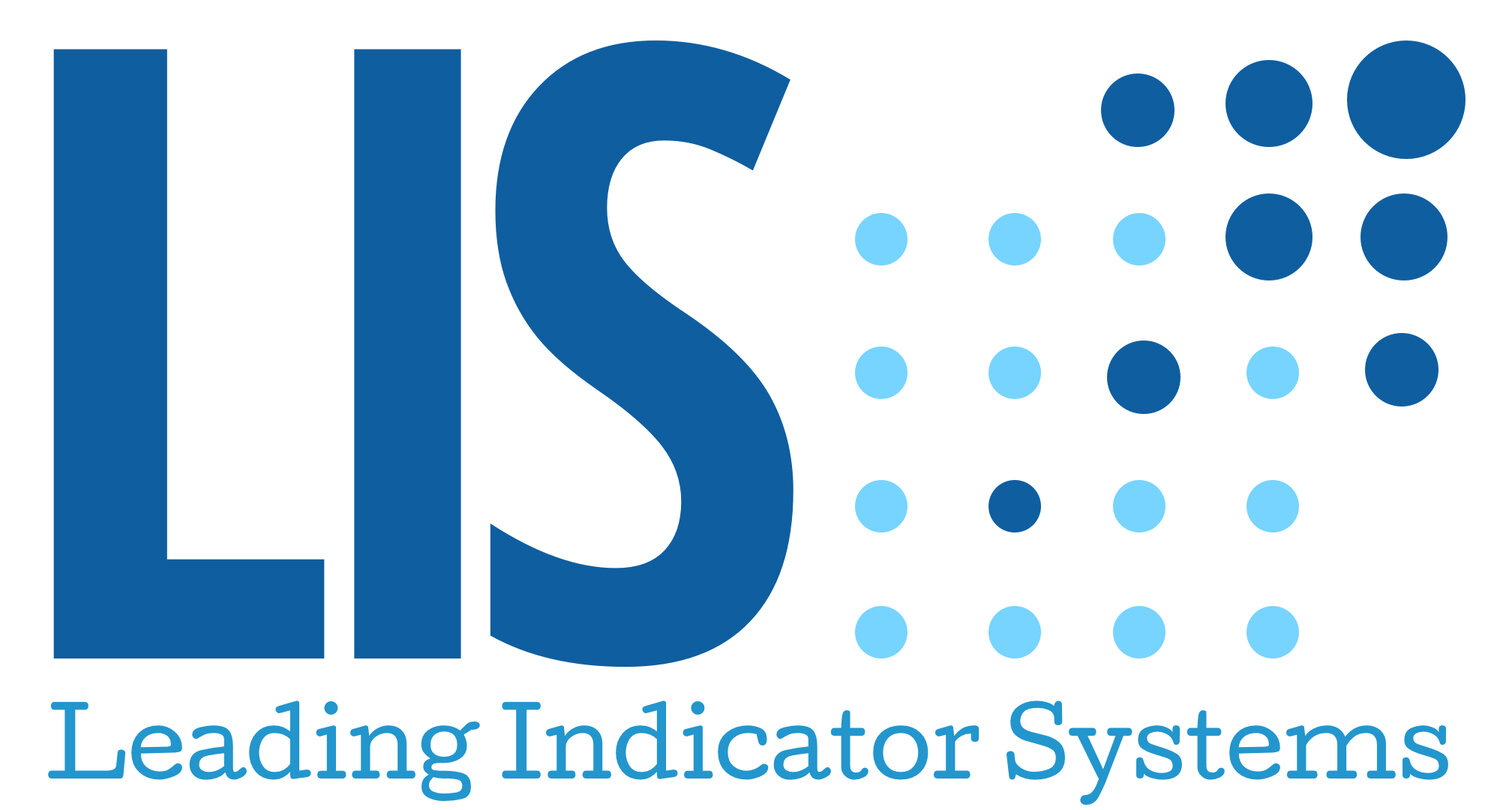
Case Study
Employee Engagement & Service Profit Chain
Fairmont Hotels & Resorts is a chain of luxury hotels operating 75 properties in 24 countries, headquartered in Toronto, acquired by AccorHotels in 2016.
Challenge
It isn’t unusual for properties in the hospitality industry to experience nearly 100% employee turnover each year. Fairmont, in contrast, was not content with high turnover as strong employee engagement is an essential component of the high level of service quality demanded by the brand’s image and its luxury-seeking customers. Creating a consistent set of expectations, training programs, policies, and reward systems across all 75 properties represented an enormous challenge.
Solution
Fairmont engaged Leading Indicator Systems (LIS) to develop and implement an employee engagement survey that was rolled out to every property in the network. Through onsite in-depth interviewing and observation, LIS was able to identify unique sets of engagement promoters and detractors within policies, systems, and expectations. These specific behaviors and perceptions were modeled (via a Service Profit Chain model) against three property-level metrics: staff performance, customer satisfaction, and a financial measure of occupancy rate.
Results
LIS found strong relationships between several employee engagement variables and staff performance metrics. These relationships included both rational and emotional engagement factors. In fact, the single strongest driver of performance was an item concerning feelings of fairness and dignity.
Substantive relationships were also found looking at the engagement factors and customer satisfaction. Again, there was the influence of both rational and emotional engagement factors. Of particular interest was the strength of the relationship between measures of mutual respect and financial outcomes.
An important outcome of this program was the identification of behavioral standards that ought to be made consistent across all properties, and a separate set that should be free to vary with local cultural expectations. As an example of an appropriately consistent standard, all Fairmont properties benefitted from the “10 Foot Rule” – the behavioral standard that associates must verbally acknowledge and greet any guest who passes within 10 feet of them. Conversely, results showed that standards for uniforms worn by associates needed to vary by local markets (where they had been a major source of unseen friction).
By implementing these behavior change programs, Fairmont saw employee engagement improve across the board and their employee annual turnover rate dipped to record low levels.


